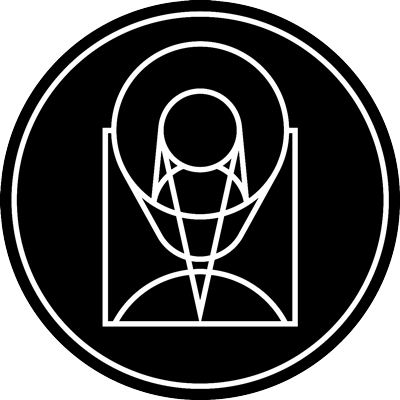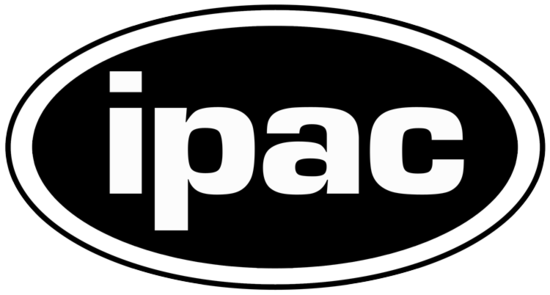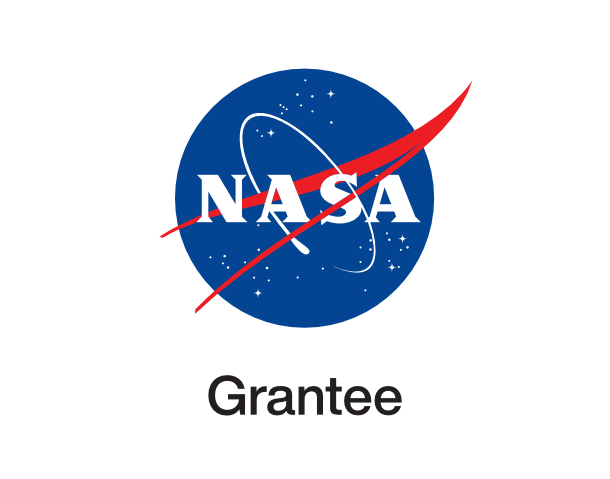Low brightness, high interest

esahubble_potw2532a August 11th, 2025
Credit: ESA/Hubble & NASA, D. Calzetti, R. ChandarAcknowledgement: M. H. Özsaraç
This NASA/ESA Hubble Space Telescope Picture of the Week zooms in on the feathery spiral arms of the galaxy NGC 45, which lies just 22 million light-years away in the constellation Cetus (The Whale). The data used to create this portrait were drawn from two complementary observing programmes. The first took a broad view of 50 nearby galaxies, leveraging Hubble’s ability to observe light from the ultraviolet to the near-infrared in order to study star formation in these galaxies. The second programme examined many of the same nearby galaxies as the first, narrowing in on a particular wavelength of red light called H-alpha. Star-forming nebulae are powerful producers of H-alpha light, and several of these regions can be identified across NGC 45 by their bright pink-red colour. These observing programmes aimed to study star formation in galaxies of different sizes, structures, and degrees of isolation — and NGC 45 makes for a particularly interesting target. Though it may appear to be a regular spiral galaxy, NGC 45 is actually a remarkable type called a low surface brightness galaxy. Low surface brightness galaxies are fainter than the night sky itself, making them incredibly difficult to detect. They appear unexpectedly faint because they have relatively few stars for the amount of gas and dark matter they carry. In the decades since the first low surface brightness galaxy was serendipitously discovered in 1986, researchers have learned that 30–60% of all galaxies may fall into this category. Studying these hard-to-detect galaxies is key to understanding how galaxies form and evolve, and Hubble’s sensitive instruments are equal to the task. [Image Description: This Hubble image features a close-up view of the outer arms of the spiral galaxy NGC 45. These spiral arms are filled with tiny blue dots - stars - and glowing pink clouds - star-forming nebulae. This is shown against a dark background.] Links Pan: NGC 45
Provider: Hubble Space Telescope | ESA
Image Source: https://esahubble.org/images/potw2532a/
Curator: ESA/Hubble, Baltimore, MD, United States
Image Use Policy: Creative Commons Attribution 4.0 International License
 Color Mapping
Color Mapping
| Telescope | Spectral Band | Wavelength | |
|---|---|---|---|

|
Hubble (WFC3) | Ultraviolet (UV) | 275.0 nm |

|
Hubble (WFC3) | Ultraviolet (U) | 336.0 nm |

|
Hubble (WFC3) | Optical (B) | 438.0 nm |

|
Hubble (WFC3) | Optical (y) | 547.0 nm |

|
Hubble (WFC3) | Optical (V) | 555.0 nm |

|
Hubble (WFC3) | Optical (I) | 814.0 nm |

|
Hubble (WFC3) | Optical (H-alpha + NII) | 657.0 nm |









- ID
- potw2532a
- Subject Category
- Subject Name
- NGC 45
- Credits
- ESA/Hubble & NASA, D. Calzetti, R. ChandarAcknowledgement: M. H. Özsaraç
- Release Date
- 2025-08-11T06:00:00
- Lightyears
- Redshift
- Reference Url
- https://esahubble.org/images/potw2532a/
- Type
- Observation
- Image Quality
- Distance Notes
- Facility
- Hubble Space Telescope, Hubble Space Telescope, Hubble Space Telescope, Hubble Space Telescope, Hubble Space Telescope, Hubble Space Telescope, Hubble Space Telescope
- Instrument
- WFC3, WFC3, WFC3, WFC3, WFC3, WFC3, WFC3
- Color Assignment
- Purple, Purple, Blue, Cyan, Green, Red, Red
- Band
- Ultraviolet, Ultraviolet, Optical, Optical, Optical, Optical, Optical
- Bandpass
- UV, U, B, y, V, I, H-alpha + NII
- Central Wavelength
- 275, 336, 438, 547, 555, 814, 657
- Start Time
- Integration Time
- Dataset ID
- None, None, None, None, None, None, None
- Notes
- Coordinate Frame
- ICRS
- Equinox
- J2000
- Reference Value
- 3.5017962905501268, -23.168079162078133
- Reference Dimension
- 4010.0, 3953.0
- Reference Pixel
- 2005.0, 1976.5
- Scale
- -1.1000121558593782e-05, 1.1000121558593782e-05
- Rotation
- 122.72000000000018
- Coordinate System Projection:
- TAN
- Quality
- Full
- FITS Header
- Notes
- Creator (Curator)
- ESA/Hubble
- URL
- https://esahubble.org
- Name
- Telephone
- Address
- ESA Office, Space Telescope Science Institute, 3700 San Martin Dr
- City
- Baltimore
- State/Province
- MD
- Postal Code
- 21218
- Country
- United States
- Rights
- Creative Commons Attribution 4.0 International License
- Publisher
- ESA/Hubble
- Publisher ID
- esahubble
- Resource ID
- potw2532a
- Resource URL
- http://esahubble.org/media/archives/images/original/potw2532a.tif
- Related Resources
- Metadata Date
- 2025-08-12T15:53:31.681808
- Metadata Version
- 1.1
Detailed color mapping information coming soon...






